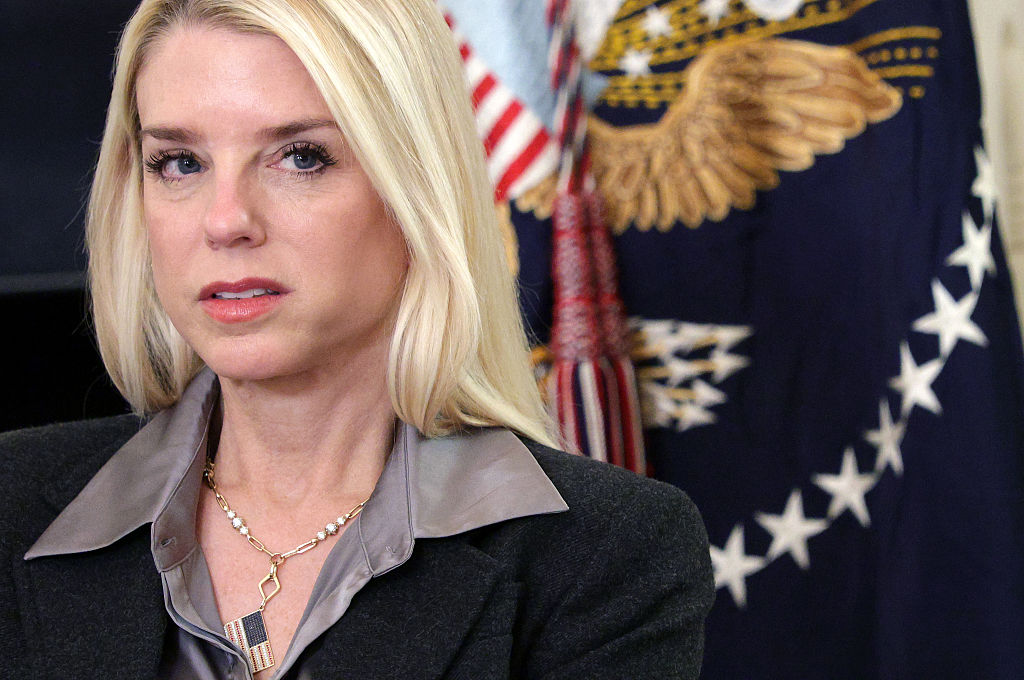In a significant development during his first meeting with Chinese President Xi Jinping since resuming office, U.S. President Donald Trump announced a temporary resolution concerning rare earth minerals, a critical issue impacting global supply chains. Trump claimed the leaders had “settled” their differences, particularly regarding access to China’s rare earths, stating, “There’s no roadblock at all on rare earth.” This meeting, held on October 30, 2025, aboard Air Force One, marked a pivotal moment in U.S.-China trade relations.
Details of the Agreement
Central to the discussions was China’s commitment to delay the implementation of new export controls on rare earth materials for one year. These minerals are essential in various industries, including defense and technology. While Trump heralded this as a win for the global economy, the underlying reality is that existing restrictions remain in place, leaving U.S. companies dependent on Chinese supplies for crucial components like fighter jets, semiconductors, and electric vehicles.
In exchange for China’s temporary pause on new restrictions, the U.S. agreed to postpone the expansion of its own export blacklist, which would have negatively impacted thousands of Chinese companies. Despite the announcement, the White House had not released a detailed summary of the agreements over 24 hours later, while the Chinese commerce ministry promptly issued a statement outlining their perspective.
Jamieson Greer, U.S. Trade Representative, acknowledged the limitations of the deal, noting that it serves primarily as a continuation of previous commitments that Beijing has not fully honored. “We expect there to be more of a Chinese general approach,” he stated, indicating cautious optimism about the flow of rare earths from China.
Concerns Over Bargaining Power
Critics of the negotiation argue that the U.S. has inadvertently accepted a precarious bargaining framework, linking its high-tech export restrictions, particularly related to artificial intelligence chips, with China’s rare earth controls. This approach has raised alarms among some U.S. policymakers, who see it as a dangerous precedent. Chris McGuire, a former National Security Council member, emphasized that conceding to China’s demands without reciprocal measures could undermine U.S. interests in the long term.
Since China first introduced restrictions on rare earth magnets in April 2025, the bilateral relationship has been characterized by escalating tensions and retaliatory measures. Trump had floated the idea of a 100% tariff increase prior to the meeting but ultimately retreated from this position, along with plans to impose tariffs on Chinese imports related to the fentanyl trade.
According to reports, if the proposed 20% tariff on fentanyl is halved, the average tariff on Chinese goods could drop to 31%. This reduction would make sourcing from China more appealing compared to other nations, such as Brazil and India, which face higher tariffs. Thus, the U.S. may find itself in a challenging position regarding its manufacturing strategy.
Looking Ahead
The implications of this agreement extend beyond immediate trade concerns. As Trump navigates a politically contentious landscape, including an upcoming Supreme Court hearing on the legality of his tariffs, the long-term viability of these concessions remains uncertain. The Court’s decision could potentially invalidate many of his administration’s trade policies.
While Trump did not concede to all of Xi’s demands—specifically, he did not authorize the sale of Nvidia Corp.’s Blackwell AI chips to China—there remains a sense of cautious optimism among tech leaders that a deal could eventually be reached. Jensen Huang, Nvidia’s CEO, expressed hope for future approvals.
As the U.S. and China plan more meetings in 2026, the risk remains that this week’s commitments may not lead to significant changes for industries reliant on rare earths. Wade Senti, president of Advanced Magnet Lab Inc., cautioned that the core challenges facing the U.S. military and industry have not fundamentally shifted.
With China’s export controls continuing to dictate market operations, American firms may still face significant hurdles in obtaining necessary licenses. This dynamic has raised concerns that the U.S. has made concessions for temporary relief without achieving meaningful progress.
As the situation unfolds, industry insiders and experts continue to scrutinize the implications of this temporary truce. The balance of power in U.S.-China negotiations remains a critical issue, underscoring the complexities of international trade and the strategic interests at play.







